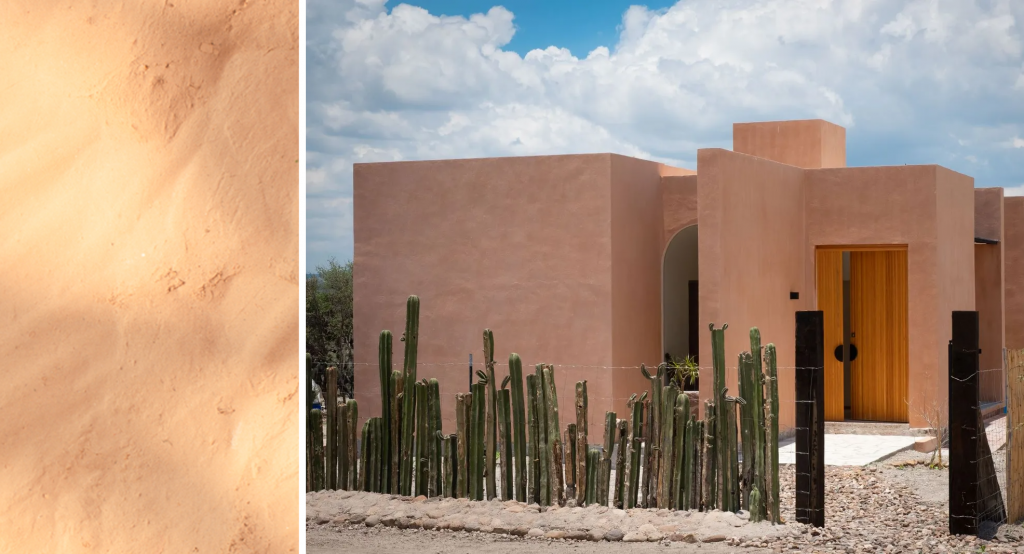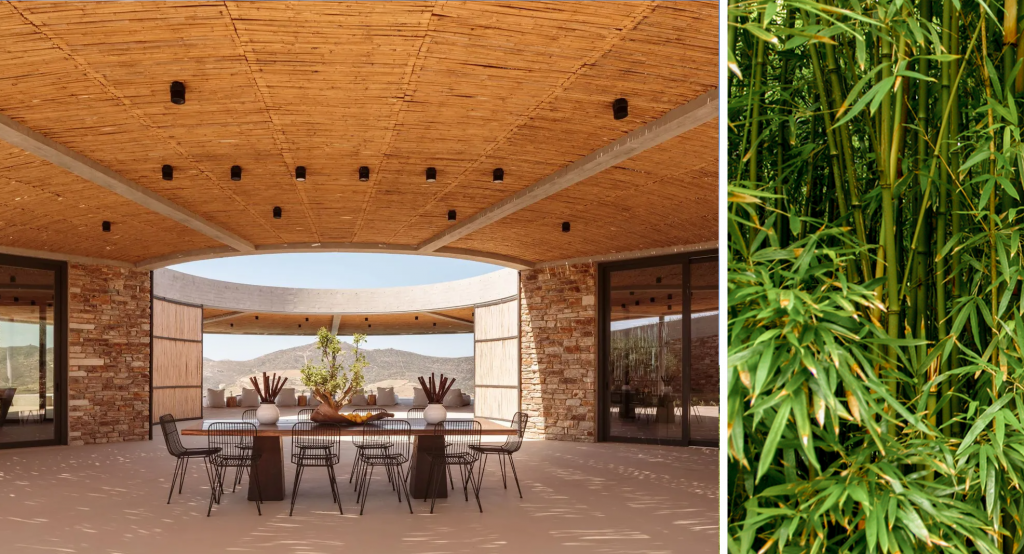Luxurious living and good ecological stewardship aren’t mutually exclusive. In fact, many of the most prominent, desirable, and aesthetically pleasing design trends are focused on building sustainable spaces. These trends span architecture, infrastructure and industrial design, landscaping, and interior design and decor. Further reading reveals five integral themes brought compellingly to life.
Melding With the Landscape in More Ways Than One
Raj Kumar – Four Seasons Sotheby’s International Realty
The finest eco-friendly homes have always complemented their surroundings, with colors, textures, and materials that seem to emerge organically. But modern sustainable design takes this even further, embracing uneven terrain to create sophisticated systems of low-energy heating, cooling, and ventilation underneath the home.
This type of dynamic surrounding is what enables this ultramodern residence in Upstate New York to have such an extensive, highly efficient energy-recovery system that moderates the home’s temperatures year-round. There’s also a tastefully discreet solar collection system to take care of the entire property’s electrical needs, which—together with the use of porous concrete, natural stone, and accoya wood—enable it to coexist in perfect harmony with its environment.
Creating a Closed Loop for Resource and Water Use
Melisa Valero – Agave Sotheby’s International Realty
One of the most urgent and important tenets of sustainable design is reducing consumption. Homes need to cut down on their use of materials, energy, and water to help preserve nature and protect the planet. Reclamation systems enable them to do this by recycling and repurposing resources, along with selecting local, long-lasting building supplies.
All of these benefits are increasingly being incorporated into future-focused properties like this comfortable compound in San Miguel de Allende, which includes a rainwater collection cistern and water tank, onsite treatment for black and gray water, and a biodigester. Plus the whole structure was built with limestone and adobe sourced from the local area, reducing the emissions associated with transporting and disposing of materials.
Reducing Energy Consumption With Passive Cooling
Despina Laou – Greece Sotheby’s International Realty
In warmer climates, whether dry or humid, homes need to have systems and structures in place to help lower the high temperatures. Dissipating heat through natural, passive cooling is a great strategy that requires no resources and releases no greenhouse gasses—and a growing number of buildings are capitalizing on this approach.
When done right, the results can be visually striking. This inspiring villa on the island of Antiparos is proof, as the circular roof casts large portions of the property in cool shade at all times of the day. Sustainable bamboo, natural stone, and exposed concrete enhance the home’s beauty while also boosting its thermoregulating capabilities.
Employing Natural and Ethical Construction Materials
Czech Republic Sotheby’s International Realty
Organic materials are generally preferable to synthetic materials in sustainable design. But since manufacturing processes produce waste and emit greenhouse gasses, even natural materials can have a significant carbon footprint when imported from far away. That’s why it’s essential for architects to select woods that are grown regionally and harvested responsibly.
In Europe, as seen in this unique complex in South Bohemia, oak and pine are some of the most sustainable selections. This home certainly takes sustainability to another level, with a fully functional hydroelectric power plant on the premises and electric heat pumps to provide carbon-neutral warming and cooling.
Staying Warm and Cozy With Well-Insulated Windows
Brett McPeak & McPeak Group – Jackson Hole Sotheby’s International Realty
Windows should always be top of mind for any architect or designer that values sustainability. Not only should they be positioned to optimize passive heating in winter and passive cooling in summer, but they should also be well-insulated to maximize comfort in all conditions. Above all, they should amplify the natural vistas surrounding the home.
Take a look at this contemporary estate overlooking Jackson’s West Gros Ventre Butte and Snake River Valley, with the Teton Range of the Rocky Mountains beyond. The nine-foot windows bring in so much natural light that for most of the day, there’s no need to turn on lamps. And their triple-pane glazing, combined with radiant in-floor and forced-air heating, ensure that the home stays snug in the winter months without needing to burn excessive fuel.
Sustainability is all about doing more with less, and ensuring what we enjoy now can be enjoyed in perpetuity. By sourcing natural and local materials, planning for passive heating and cooling, maximizing natural light, reducing resource consumption, and making the most of the landscape, modern designers are revolutionizing the luxury home.
Searching for more sustainable options? Check out these environmentally friendly homes.







